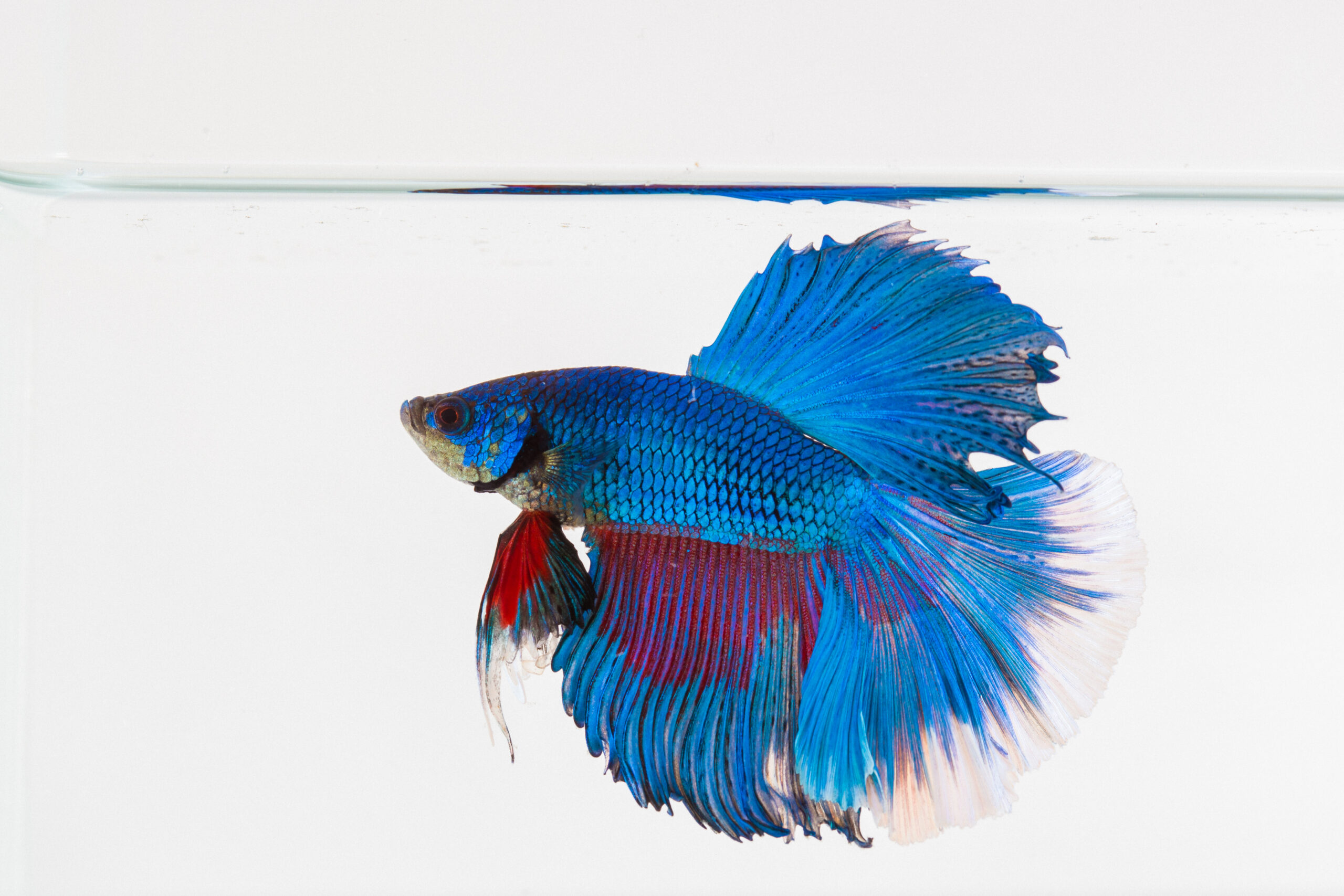Typical Betta Fish Conditions and How to stop Them
Typical Betta Fish Conditions and How to stop Them
Blog Article
Everything About Betta Fish: Understanding Their Special Requirements, Behavior, and the Finest Practices for Optimal Treatment
Comprehending the special needs and behaviors of Betta fish is crucial for any type of aquarist looking to provide ideal treatment. betta fish. As we explore these elements even more, the effects for both amateur and skilled fish keepers end up being significantly apparent, increasing inquiries concerning how best to fit these remarkable fish in our homes.
Betta Fish Summary
Although frequently appreciated for their vivid shades and moving fins, Betta fish, medically referred to as Betta splendens, are complex animals that require certain treatment to grow. Originating from Southeast Asia, these freshwater fish are understood for their territorial nature and unique actions. Betta fish show sexual dimorphism, with men presenting extra brilliant shades and longer fins than ladies.
Their aggressive tendencies, particularly amongst males, require careful consideration when real estate them. Bettas are frequently kept in single-specimen storage tanks to stop territorial conflicts. However, they can exist together quietly with particular compatible species in bigger neighborhood storage tanks, offered the atmosphere satisfies their requirements.

To make sure optimal care, aquarists need to recognize their special behavior traits, dietary demands, and environment requirements. betta fish. With proper attention, Betta fish can exhibit their vivid individualities and prosper in a properly maintained fish tank setting
Natural Environment and Setting
Betta fish flourish in a diverse array of natural environments, primarily found in the superficial waters of Southeast Asia, including rice paddies, swamps, and slow-moving streams. These environments are identified by warm temperatures, commonly in between 75 ° F and 82 ° F(24 ° C and 28 ° C ), and a pH level varying from 6.5 to 7.5, which is ideal for their health and health.
In their natural environments, Betta fish are accustomed to dense vegetation, supplying both sanctuary and breeding grounds. The visibility of plants such as drifting water lilies and thick yards not just offers defense from killers yet additionally adds to the oxygenation of the water, which is necessary for their respiratory system requirements. In addition, these atmospheres typically have areas of still water, enabling Betta fish to show their all-natural behaviors such as bubble nesting.
Understanding the natural environment of Betta fish is critical for fish tank fanatics. Replicating these conditions-- through water temperature, pH equilibrium, and the addition of live plants-- website here can considerably boost the general health and wellness and durability of these fascinating fish, ensuring they thrive in a home fish tank setup.
Social Habits and Communications
Recognizing the social behavior and communications of Betta fish is necessary for successful aquarium monitoring. Betta fish, or Siamese combating fish, are known for their one-of-a-kind behavioral traits, identified mostly by territoriality and hostility.
On the other hand, women Bettas show less hostile actions and can exist side-by-side in groups, called sororities, if introduced correctly. It is important to check their interactions carefully, as pecking order and supremacy can lead to disputes. Understanding the characteristics within a Betta neighborhood is vital; establishing concealing places and guaranteeing enough area can mitigate aggression.
On top of that, Betta fish might also display curiosity and social behaviors towards various other varieties. While they can coexist with particular non-aggressive tank friends, it is vital to pick suitable types to prevent anxiety and aggression. Overall, identifying these social interactions is essential to fostering a harmonious aquarium environment for Betta fish.
Crucial Care Guidelines
Supplying correct care for Betta fish is important to their wellness and wellness. Normal water adjustments-- around 25% once a week-- aid keep water high quality.
Betta fish require an ideal container size; a minimum of 5 gallons is recommended to provide ample space for swimming and hiding. Include decors and plants to develop a revitalizing atmosphere, yet stay clear of sharp objects that might damage their delicate fins.

Last but not least, ensure the storage tank is furnished with a filter to maintain the water clean, yet utilize a mild filter to prevent solid currents that can stress the fish. By following these important treatment standards, owners can advertise a healthy and balanced and vibrant Betta you can look here fish.
Common Wellness Issues and Solutions
In the treatment of Betta fish, recognition of typical health and wellness issues is important for keeping their well-being. To treat fin rot, enhance water conditions and take into consideration utilizing a broad-spectrum antibiotic.
One more usual disorder is ich, a parasitic infection characterized by white areas on the fish's body (betta fish). Therapy involves enhancing water temperature and including fish tank salt to the tank, as this can help eliminate the bloodsucker
Swim bladder disorder is additionally regularly observed, leading to buoyancy problems. This condition might emerge from overfeeding or irregularity. A fasting period of 24-48 hours, followed by a diet of blanched peas, can offer alleviation.
Lastly, bettas might deal with velvet disease, suggested by a gold dust-like appearance on their skin. Treatment normally calls for drug specifically developed for exterior bloodsuckers, alongside improved container health.
Regular monitoring of water parameters, preserving a tidy setting, and providing a well balanced diet are critical preventive measures. By addressing these wellness concerns quickly, Betta fish can lead healthier, extra vivid lives.
Conclusion
In summary, effective betta fish care calls for an understanding of their special demands and habits. Providing an ideal environment, consisting of appropriate container dimension and water conditions, is necessary for their well-being. Additionally, identifying their territorial nature and guaranteeing adequate hiding places can avoid hostility. Regular monitoring of health and wellness and water top quality, in addition to a well balanced diet, contributes to the longevity and vibrancy of betta fish. Following these guidelines will certainly foster a flourishing water environment for these fascinating creatures.
Report this page